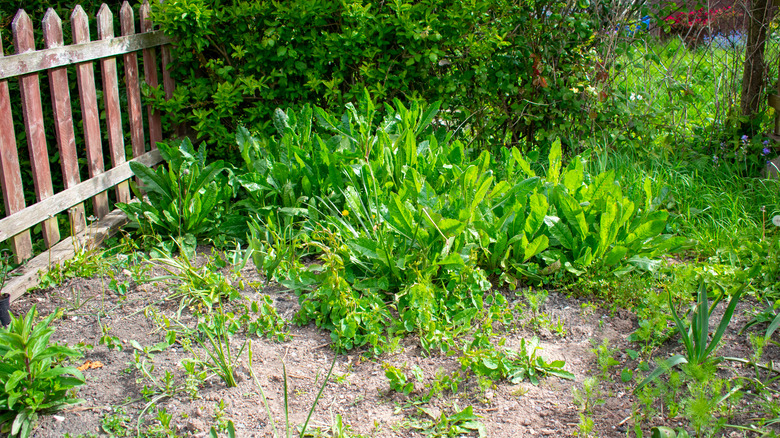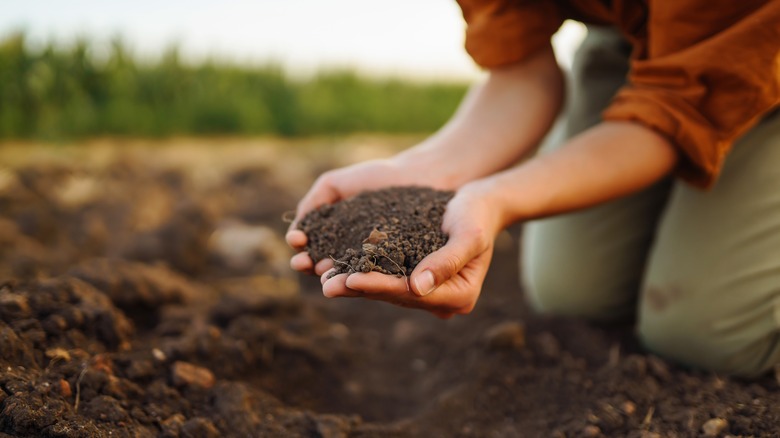Do you consider yourself a grill master? While you are already aware of the incredible potential that charcoal briquettes have for imparting that delicious, fire-roasted flavor to your meats and veggies, it’s also useful far beyond grilling day. Made by heating wood above 750 degrees Fahrenheit in a low-oxygen environment, charcoal is rich in carbon, a vital element for healthy soil. If yard care and gardening are duties that you or someone in your home handles, saving your leftover briquettes to repurpose in the yard could be a game changer.
It is not at all uncommon for soil to have deficiencies or nutrient imbalances that need to be fixed. Common soil issues include nitrogen, calcium, phosphorus, potassium, and magnesium deficiencies, which can result in undesirable plant populations (such as weeds) thriving, and your garden or yard suffering. Fortunately, the addition of charcoal remnants to your yard can be a catchall solution for multiple property-related woes.
Fewer weeds

A weed-infested yard is problematic. Not only are weeds a visual blight on your property, possibly resulting in HOA fees to contend with, but they can quickly choke out your grass by competing for the soil’s nutrients. Fortunately, charcoal can lighten the load by increasing the carbon levels in soil, naturally slowing the growth of weeds.
Repurpose charcoal briquettes to get rid of garden weeds by collecting whatever charcoal supply you have and breaking the briquettes into much smaller pieces. This can get messy, so choose your clothing wisely before embarking on this project. You should also wear gardening gloves, eye protection, and a face mask to protect your hands, eyes, and airways from debris, as charcoal dust can be harmful if inhaled. Spread an old towel on the pavement and use a hammer to pulverize the charcoal into smaller chunks. Use controlled motions to keep the charcoal mostly in one place and pull up on all the corners of the towel to collect the pieces. Spread the charcoal over the surface of your problem areas, just as you would apply mulch. If you want to make the charcoal go further, you can blend it with wood mulch before spreading it.
Better soil

Even if you don’t struggle with weeds, chances are high that you would jump at a cheap and natural way to improve your soil’s quality. Carbon is already a commonly found element in soil, and when at healthy levels it aids in improving soil’s structure and moisture retention. Additionally, the highly porous structure of charcoal aids in bringing more air circulation to the soil (similar to aerating your lawn for healthier grass) and providing the oxygen that all plants need to thrive. Charcoal is also a natural nutrition and hydration distributor when applied to soil, helping to slowly and evenly disperse these necessities.
To apply charcoal briquettes to your soil, follow the protocol outlined for weed control. To achieve a more even application and better results, grind the charcoal finely so it is easier to spread. Evenly distribute the charcoal over the surface of your soil and let it work its magic.



